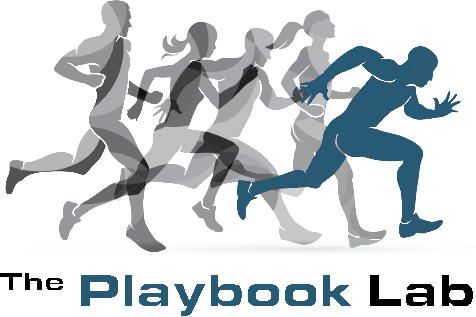I have been thinking a lot recently about the unprecedented times we are in. With social and societal challenges, uncertainty often makes us feel uncomfortable. As leadership, what principles or guideposts should we employ with ourselves and those we are associated with. Think about these five now because they are more important than ever.
As you build your awareness of these five, putting them in to action takes work. Start with a journal, and consider focusing on one of these five guideposts each week. Write down your thoughts, observations about situations, and what emotions came up for you in these instances.
1. Seed your self-awareness
Without self-awareness comes isolation, no possibilities. With self-awareness comes perspective and choice. I have always said that choice is the most powerful position we can put ourselves in. Self-awareness is at the heart of emotional intelligence and by keying in on our emotions we are better able to assess with perspective that leads to thoughtful choices we make.
In the dynamic world of college athletics, especially today, seeding your self-awareness, will enable you to be sensitive to all stakeholders and make informed, authentic decisions.
2. Aim to Build Your Curiosity…with Confidence
Authentic leadership is knowing that you do not need to know everything. Your are human. Also, there is no script for what is going on. We are in uncharted waters between how to manage through the pandemic and evolving discourse and actions about racial and societal injustices.
With curiosity comes authenticity. Defer to your colleagues/friends for input and insight. Your ability to remain open to fresh ideas and perspectives will be welcomed and can help you nurture and earn their trust and confidence in you.
3. Power Your Range of Abilities/Emotions
If you have ever taken a DiSC assessment, results measure your natural and adaptive behaviors. By adapting to situations, we begin to understand how best to relate and then use the breadth of our behaviors and emotions.
Key in on those traits e.g. humor, humility, patience to power the range of your capabilities. And more than ever now, we need to draw on our full arsenal of tools.
4. Respect Your Values
Your values power you every day. They inform why, how, and what you do. They make you you! Mind you, values change as you experience life. For example, student-athlete values might be different now and after graduation. For example, being on a college team centers around the importance of collaboration, teamwork, especially when team members want to win. On to life afterwards, other values will become apparent.
Many of us have not consciously written down our values. We act them out daily but have not really identified them. I have a simple, easy exercise I’m glad to send you. Just say “send Values Exercise”. Pack it away after you have completed it and think about revisiting it every few months. It is a way to check in with yourself and see if you are honoring those values.
5. Embrace Listening to Learn
Ed Bradley, the 26-year correspondent on CBS 60 Minutes, once said, “Sometimes you just have to wait to talk”. Listening may just be one of our most important guideposts. Because authenticity, curiosity and many other leadership attributes get their cues from listening.
When we listen, we learn. When we learn, we are informed. Information gives us choice. We listen in three ways: Subjectively – response is disconnected and reflects on you, not them; Objectively – often referred to as the cheerleader, “I support you” and lastly, Intuitively – acknowledging what one said to let them know you listened”. Decide for yourselves what is the most productive way to listen and learn.
Take the time to question and be curious about yourself first, then your student-athletes and staff. With so many unanswered questions about the fall and beyond, leadership takes center stage. Decide how you want to show up.






















